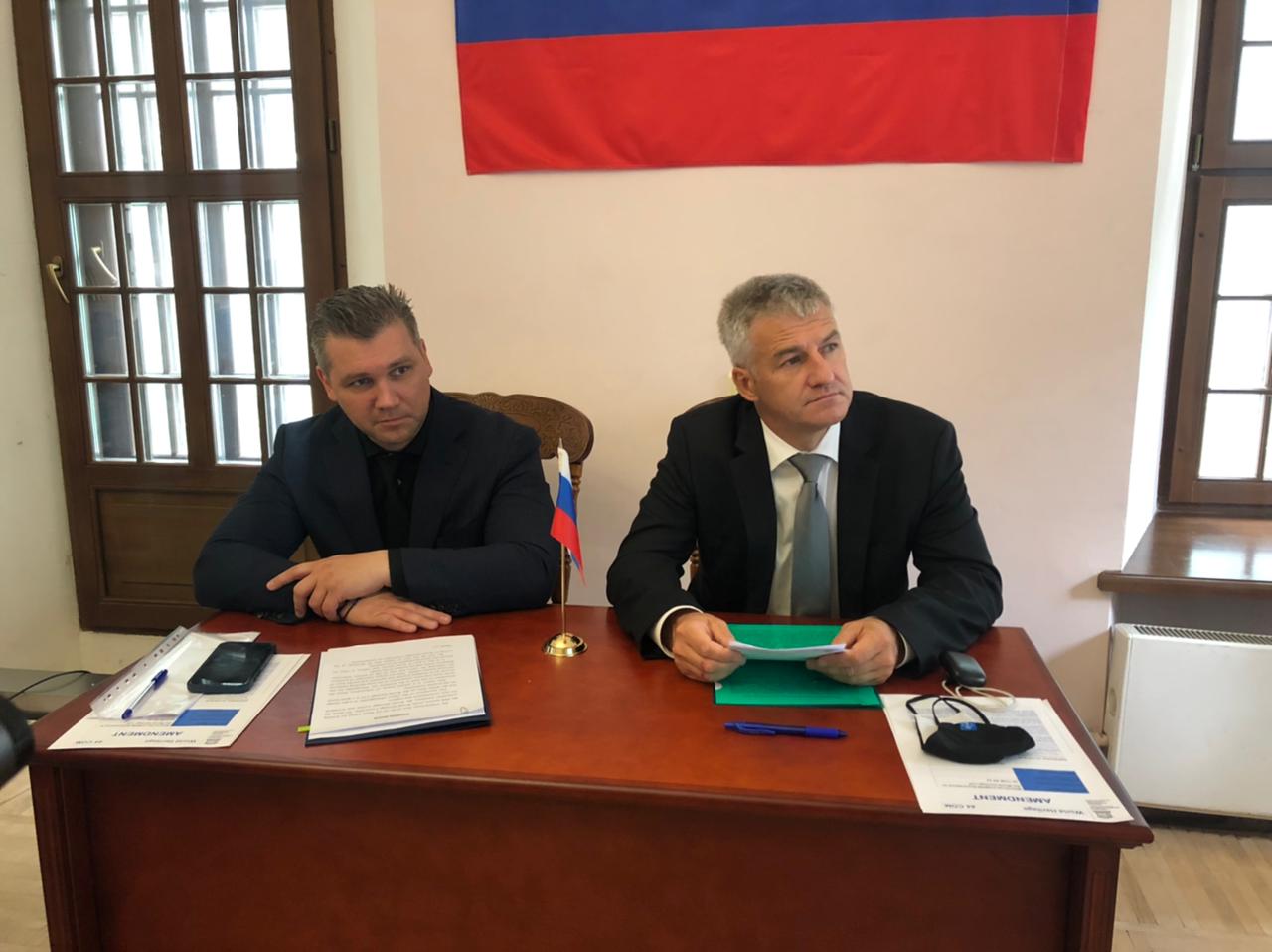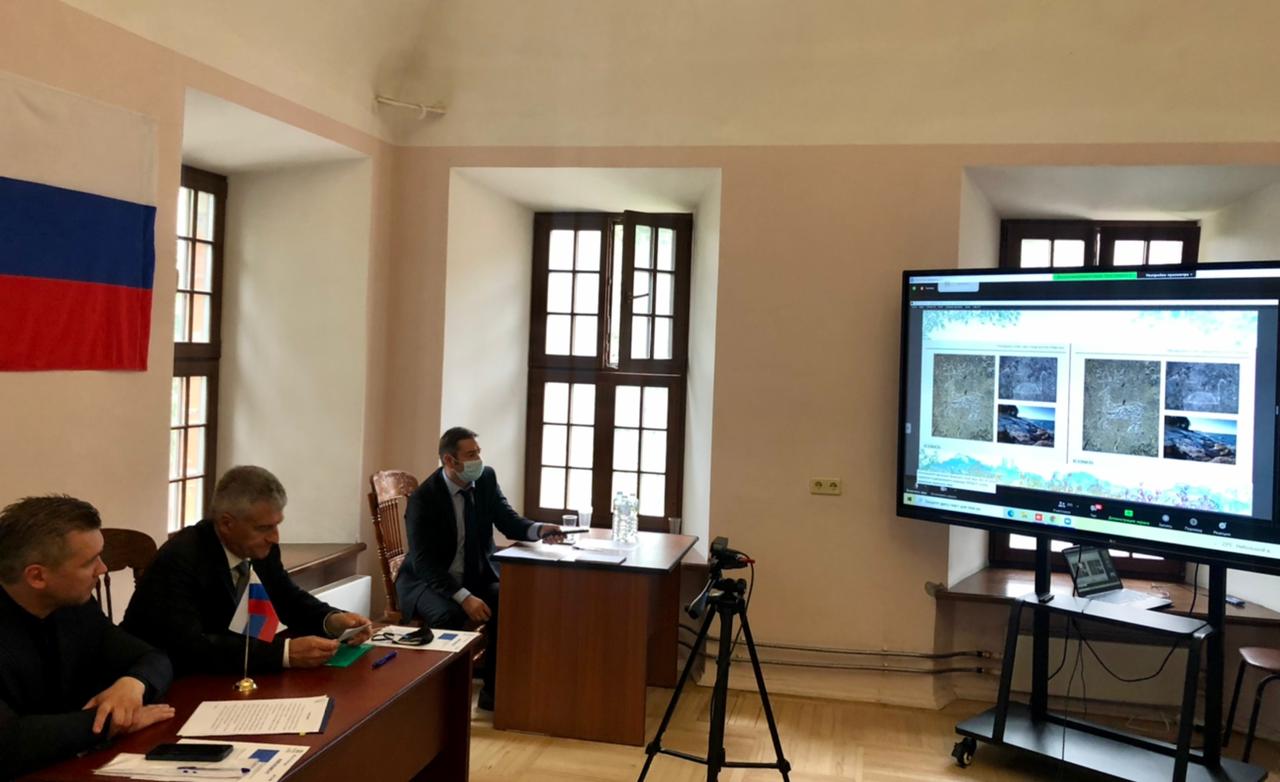Петроглифы Карелии получили статус объекта всемирного наследия ЮНЕСКО
Это произошло сегодня, 28 июля, на ассамблее международного комитета ЮНЕСКО. На заседании выступил Глава республики Артур Парфенчиков.
Сегодня в рамках 44-й сессии Комитета всемирного наследия принято решение о включении петроглифов Онежского озера и Белого моря в основной список ЮНЕСКО. Заседание прошло в онлайн-формате под председательством Китая.
Всеми представителями стран-участников голосования было отмечено внимательное отношение к рекомендациям международного комитета ИКОМОС, проявленное со стороны Правительства Карелии, признана несомненная уникальная ценность петроглифов Онежского озера и Белого моря.
В своем выступлении Артур Парфенчиков напомнил, что Карелия славится культурными и природными достопримечательностями, бережно сохраняемыми древними традициями.
Глава республики поблагодарил Комитет всемирного наследия ЮНЕСКО за принятое решение и, учитывая, что проведение 45-й сессии комитета запланировано в Казани, пригласил всех участников сессии посетить Карелию для знакомства с памятниками первобытного наскального искусства и самобытным культурным наследием нашего региона.
На территории Карелии расположены два крупнейших скопления наскальных изображений, насчитывающих более 3200 рисунков. Петроглифы находятся на восточном побережье Онежского озера в Пудожском районе и в низовье реки Выг недалеко от Беломорска. Петроглифы Карелии – это уникальные образцы первобытного монументального наскального искусства, которые относятся к числу важнейших древних культурно-исторических достопримечательностей Северной Европы.
Начиная с 2016 года Республикой Карелия при поддержке Министерства культуры России и Института культурного и природного наследия им. Д.С. Лихачева проведена масштабная работа с целью продвижения петроглифов Карелии в список всемирного наследия ЮНЕСКО.
Статус наследия ЮНЕСКО предполагает разработку перспективных планов развития территории. В составе Дирекции особо охраняемых природных территорий создано структурное подразделение для постоянного присутствия на месте расположения Онежских петроглифов, выделены средства на укрепление материально-технической базы и благоустройство территории.
Мероприятия по развитию комплекса «Беломорские петроглифы» вошли в индивидуальную программу социально-экономического развития Карелии. Над скоплением петроглифов «Бесовы следки» выстроен защитный павильон, от него к основному месту наскальных изображений – Залавруге – ведет новая дорога. Также планируется построить визит-центр, гостиницу для приема туристов, кафе и мост через реку Кислый Пудас.



